Part 3: 420-440 YE-Beyond the Luminal Constant
Beyond the Luminal Constant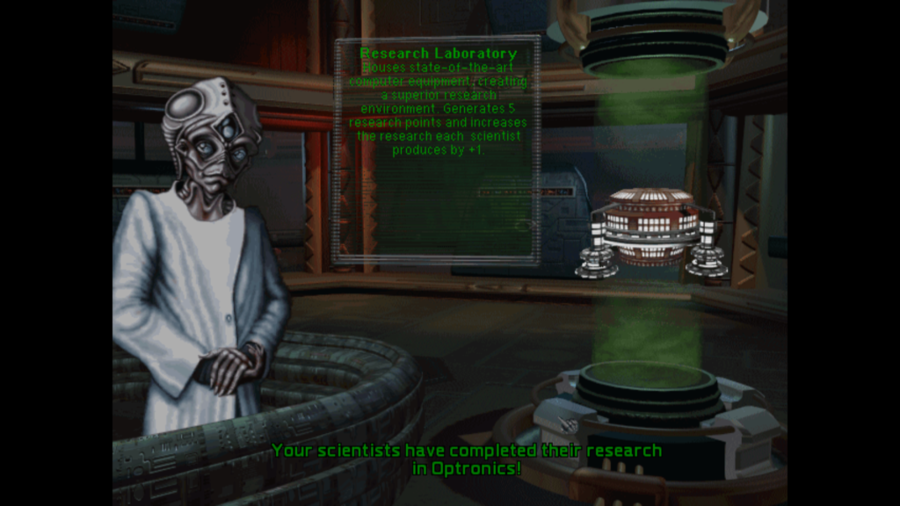
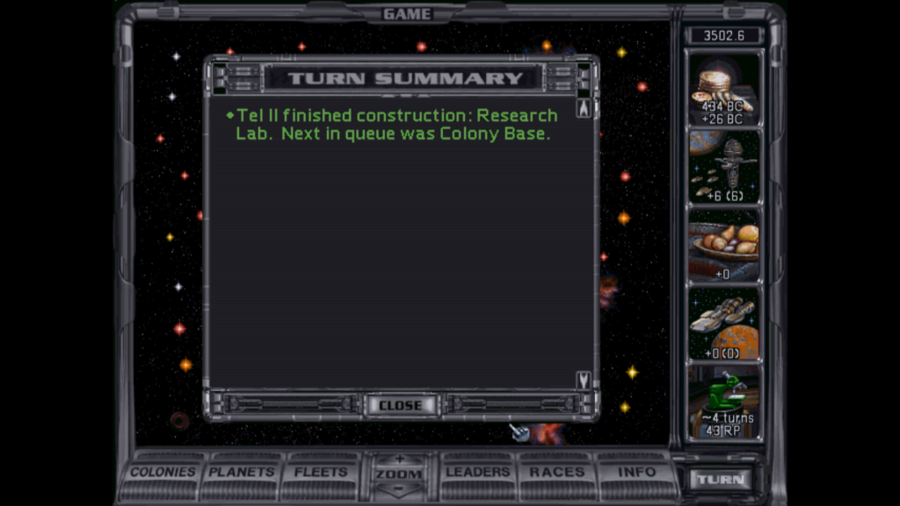
The continued investment in computing technology eventually led to fully-functional optical computers being developed in 425, which significantly increased the processing speed available to computers. New hardware and software spread through uses in research, business, and personal computing technologies, and, by 426 YE, Nares saw immense improvements in productivity and innovation. Cutting-edge computer technology eased the design of new technologies and helped with the processing of large quantities of data, helping organisational efficiency, research projects, and simple consumer applications in communication and recreation.
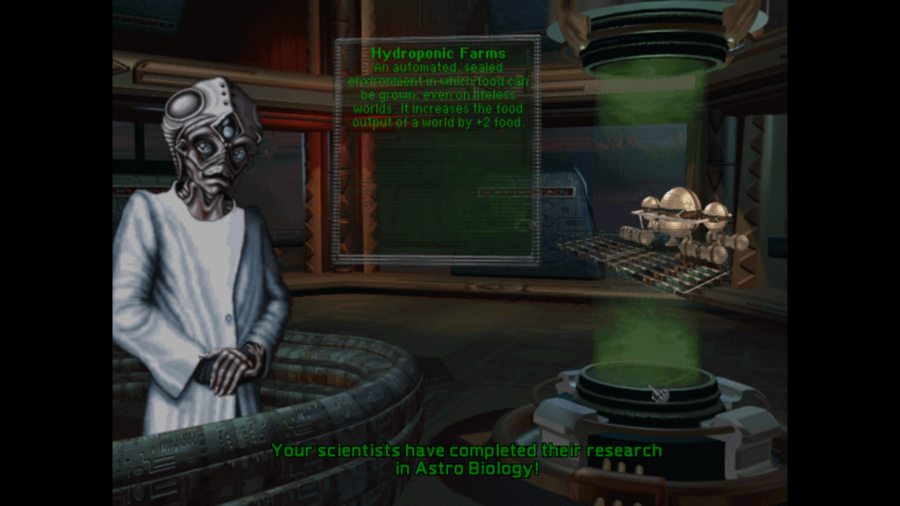
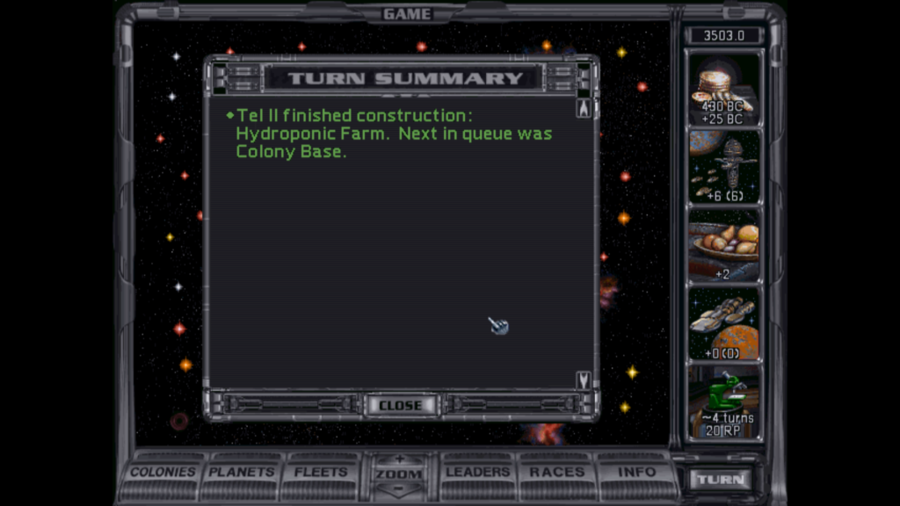
Meanwhile, investments in industrial-scale hydroponic agriculture, although equipment-intensive compared to more traditional farming methods, allowed for a notable reduction in needed employment in agricultural fields by 430 YE. New specialty industries became needed to support the specialised requirements of hydroponic agriculture on this scale, but the economy of Nares was efficient enough to absorb this with barely a ripple. As agricultural employment began to contract, employment in heavy industry began to grow as space industries started to absorb more and more investment from Nares' capital markets, the daunting task of assembling a true interplanetary presence starting to be tackled by Narestan civilisation.
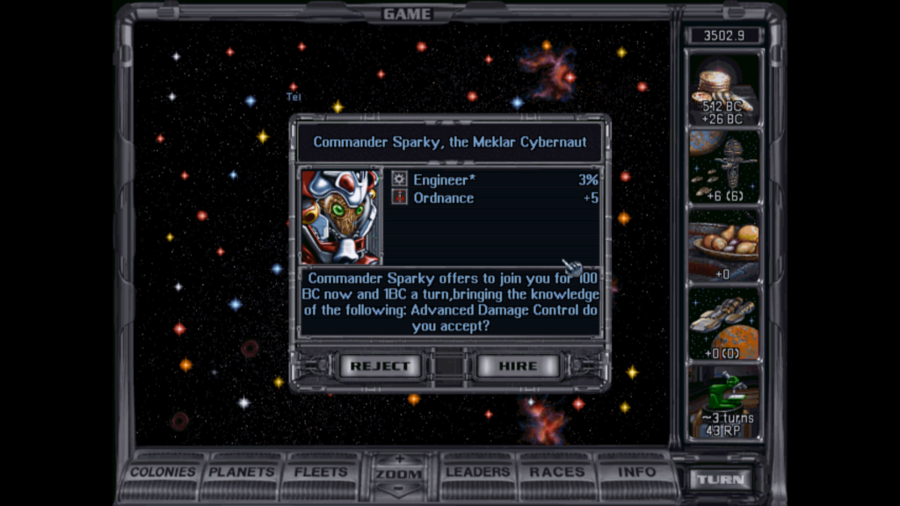
The growth of investment to space industries and space technologies led to a steadily-growing cadre of expert aerospace engineers employed in Narestan industry. The potential for radical new techniques in shipbuilding and in the maintenance and repair of spacefaring vessels promised to further bolster the strength of Narestan space industries.
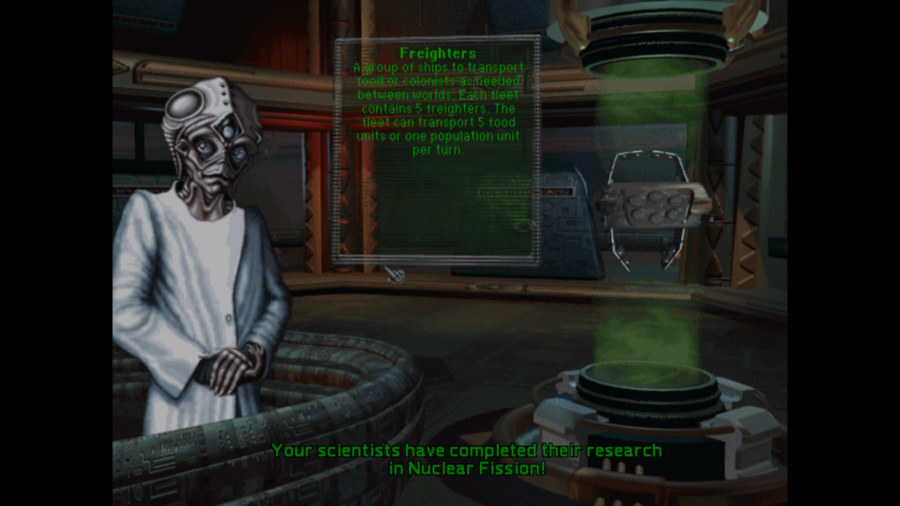
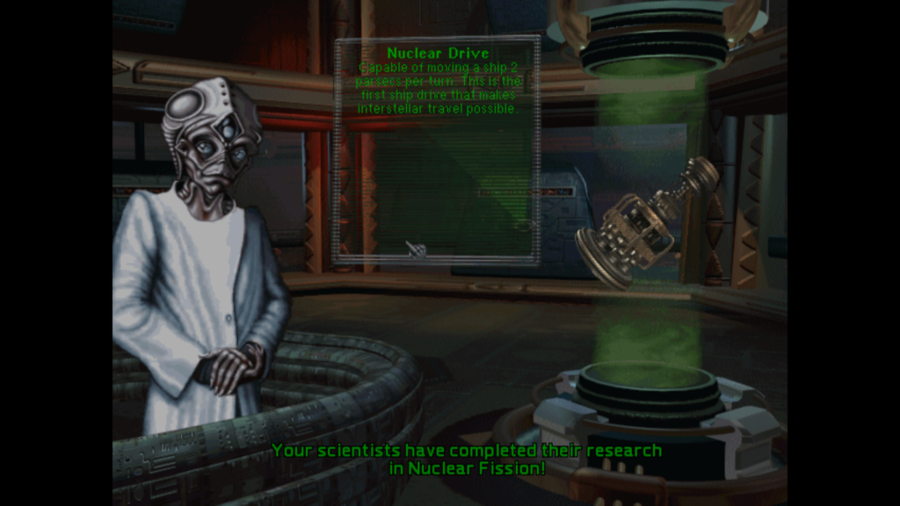
By YE 433, adaptation of existing nuclear power plants to run drive systems that could achieve interplanetary flight in a reasonable timeframe was complete, and the first test probes intended to verify the predictions of the potential of FTL travel through a 'hyperspace' dimension were completed and test-launched. Although the test probes did achieve entry into hyperspace, they exited shortly thereafter, shredded and crumpled by the intense gravitational shear stresses of hyperspace. It quickly became apparent that hyperspace travel would require reinforced vessels with sturdy hull materials, braced against the crushing stresses of FTL.
With this technology, we can start building freighters, allowing basic interplanetary transport in the same system, but we still need the basic armor material to build FTL vessels.
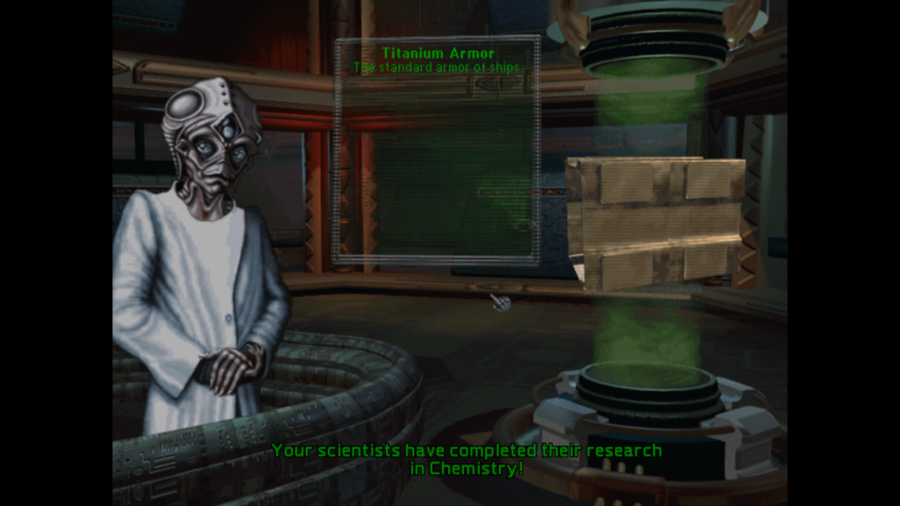
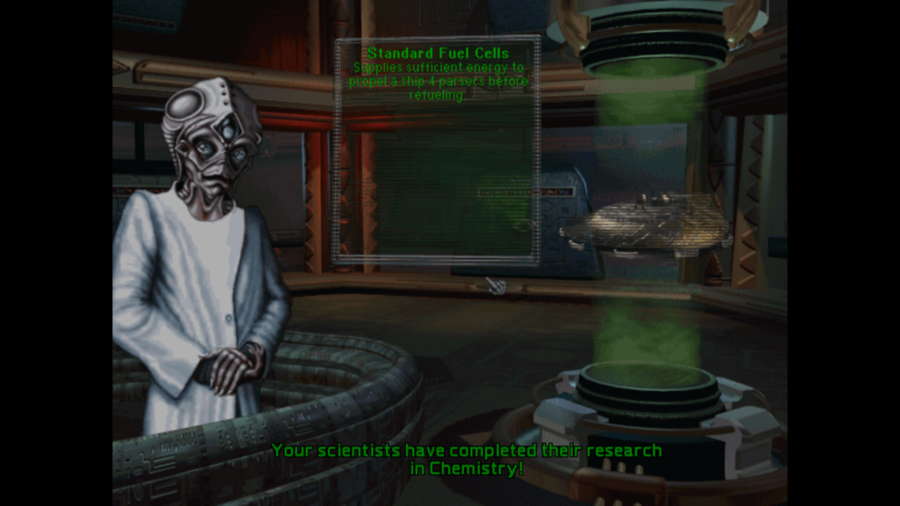
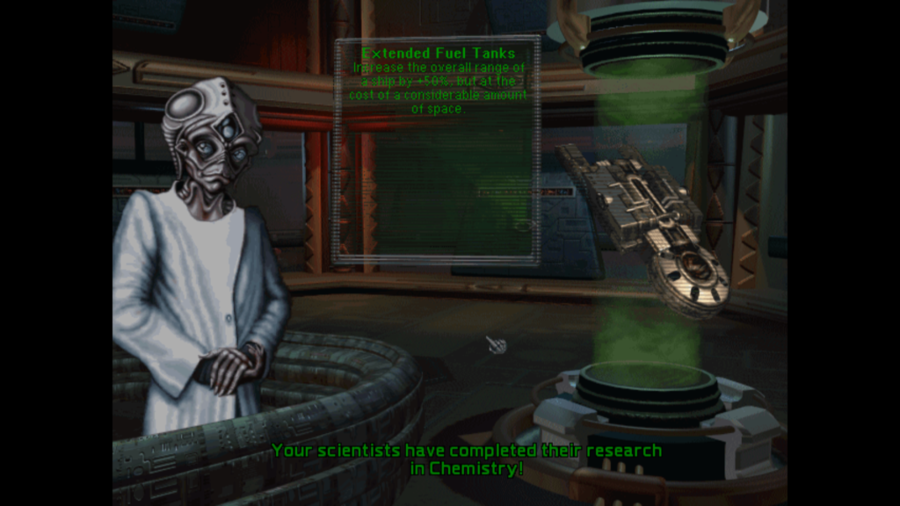

Three years later, intensive study into materials science had delivered titanium hull alloys capable of standing up to the stresses of hyperspace travel, slightly improved reactor fuel mixes for increased long-range endurance of interstellar vessels, and innovations in thruster design for STL vessels that allowed for faster and more maneuverable small craft. Adaptation of existing small craft drive units with the improved impulse may actually allow for heavy anti-ship missiles that could have the acceleration and maneuverability to effectively engage ships at the speeds and ranges likely to be in play if conflict ever erupts in the void. Use of nuclear payloads for shipkillers could allow for proximity detonation that could deal effective damage without requiring a direct contact intercept by shipkiller missiles. Still, the potential for such technology was, for the moment, largely reserved for fanciful novels and dramas positing pirates and pirate-hunters among the stars.
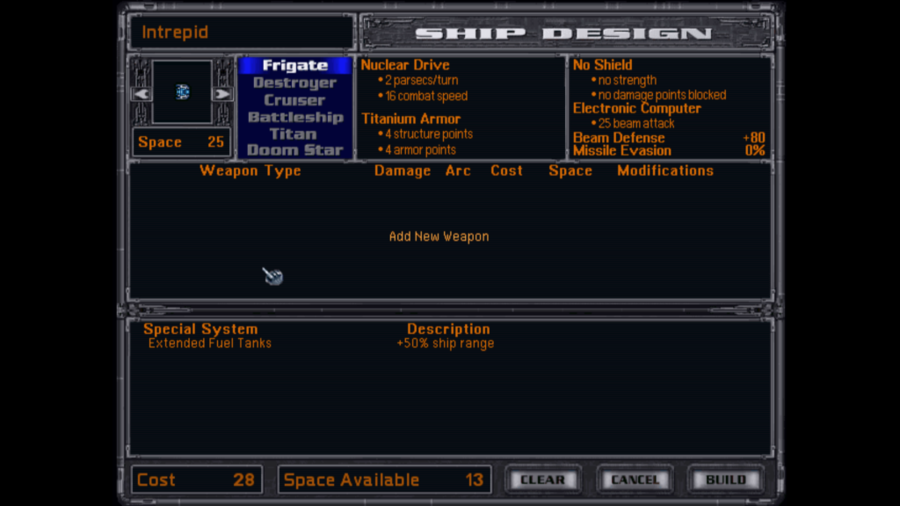
With the ability to develop effective interstellar craft, two separate consortia raised funds to commission exploratory vessels with similar designs. Both the Intrepid and the Venturer supported a modest exploratory and scientific crew, sufficient to survey distant stars, along with expanded reactor fuel bunkerage and other consumables to maintain the crew for the years needed to cross interstellar distances, even at FTL. The Intrepid launched in YE 437 and the Venturer in YE 438, each targeting one of the two yellow stars in operational range of Tel.

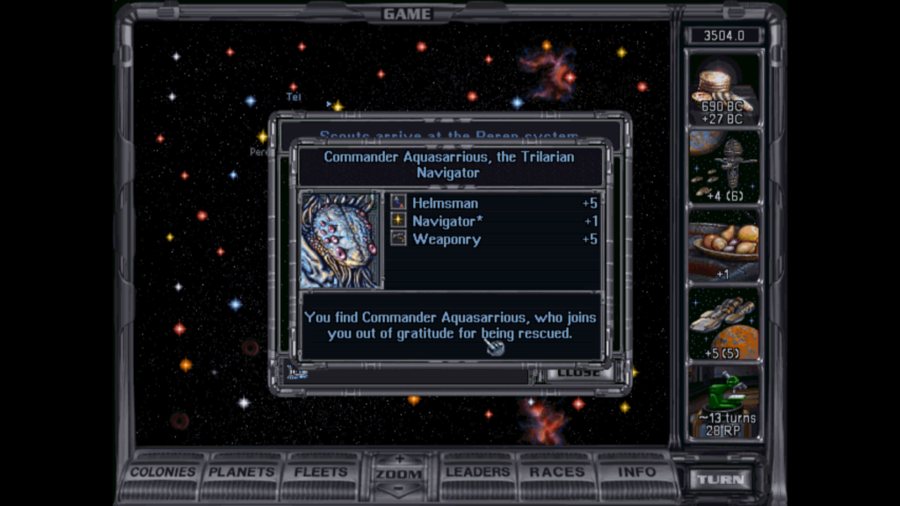
By YE 440, the Intrepid arrived at the Peren system, launching a fast communications probe back to Tel to report its findings. Peren, unfortunately, was fairly disappointing, with three planets dominating its inner system. The inmost was a small, radiation-baked planet, in some ways similar to Sedal, but smaller. Next further out was a relatively hot gas giant, and, finally, a tiny ice-covered planet with an inert nitrogen atmosphere. Although more hospitable than Sedal or the other worlds in the Peren system, and enjoying rich deposits of heavy metals, this planet was extremely small, and would never support a colony of more than perhaps one billion persons.
The experience from the first Narestan voyage of discovery was already recorded and analysed, and had begun to allow for the training of skilled interstellar navigators for Narestan starships.
Peren III is tiny, tundra, rich, with 1B max population. I'm continuing to gloss these leaders as native talent, for now.
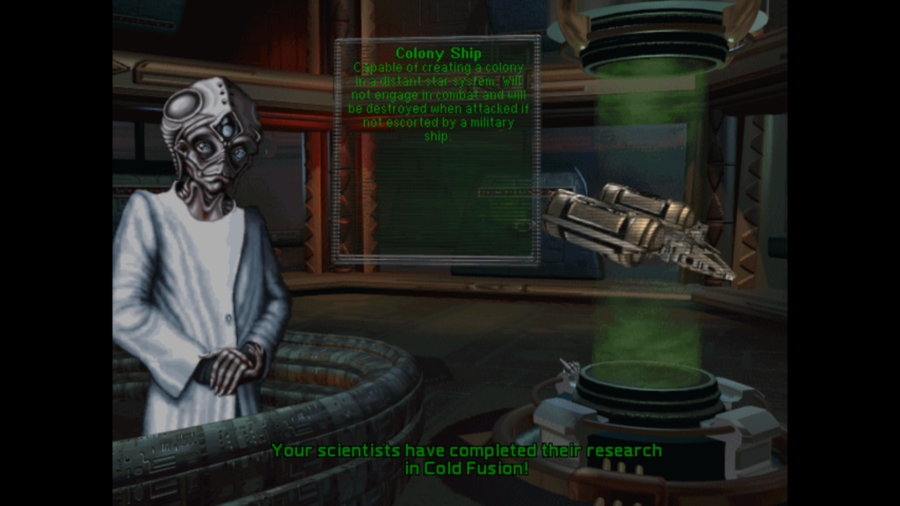
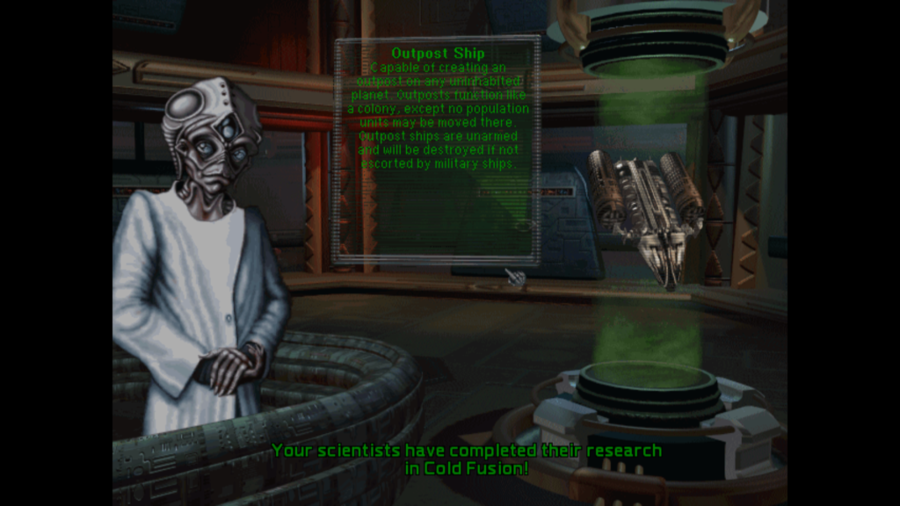
Meanwhile, experimentation with cold fusion finally produced results, helping revolutionise industry on Nares as fusion plants began to displace the previously-dominant fission plants that powered Narestan civilisation. The previous questions as to how significant colony populations could be transported across interstellar distances began to be answered with the introduction of fusion plants- although any ship to carry large populations would need to be massive and have staggering power demands, fusion plants could scale to support the power needs of these gargantuan ships economically and reliably. Large populations of colonists could sleep in carefully-managed medically-induced comas, leaving only a relatively small crew to manage the operational needs of the ship.
Narestan Civilisation as of 440 YE
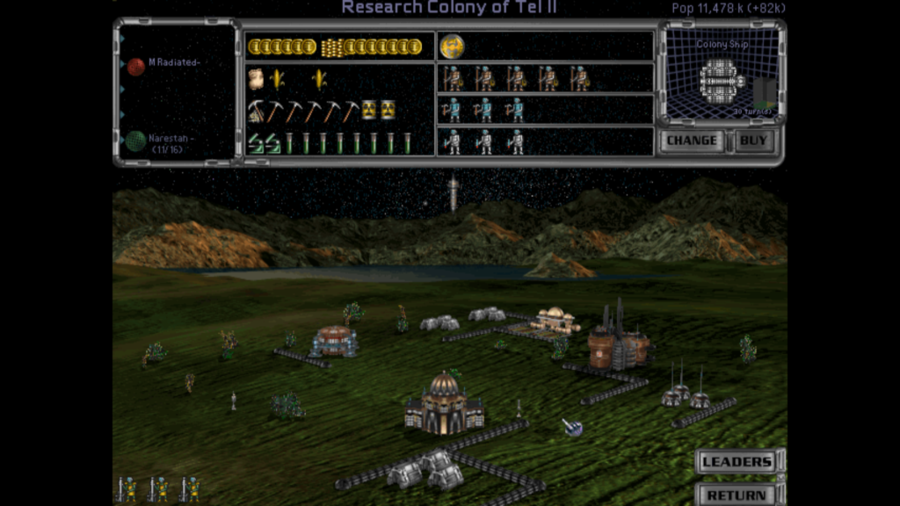
Nares stands at nearly 11.5 billion persons in population, with growth continuing steadily. The economy is more productive across multiple sectors, with an agricultural workforce no larger than that of 20 years ago supporting a larger population. Although employment in R&D has shrunk from approximately 200 million to only somewhat over 150 million over the past twenty years, innovation on the planet has actually accelerated slightly, with scientists and engineers working more efficiently and effectively with improved facilities and communications. Where things have changed dramatically, however, is in the heavy industry of Nares. Formerly a relatively tiny fraction of the economy, largely supporting the existing industrial base and helping implement new innovations as they occurred, heavy industrial employment has ballooned to approximately 150 million, many of whom are assembling equipment, systems, and supplies that will be required for any off-planet colony, either on Sedal or on some further planet around a new star. The massive increase in industrial output has started to require more expensive waste management techniques to prevent property damage to others that might lead to even more costly settlements over the trespass.
Research is slightly up, annual income holds steady, and our industrial output has absolutely skyrocketed. Pollution, as ever in MoO2, is basically just a diminishing returns mechanic, which is assumed to be effectively sequestered as it's produced, thereby reducing effective industrial output.
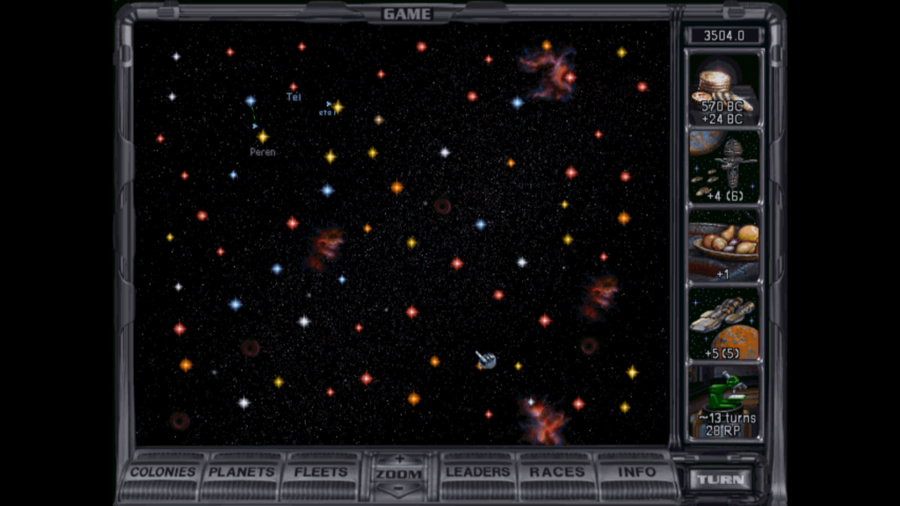
The Venturer is one year out from its target star, while the Intrepid is two years from the second star on its itinerary. The four stars closest to Tel are expected to be explored within the next five years, helping reveal more of what the galaxy beyond Tel is like and hopefully revealing a world more promising than those thus far found beyond Nares. A small fleet of heavy freighters has been assembled by hopeful shipping companies to service anticipated trade once a new colony is established. A significant reserve of investment capital has accumulated, hopefully accelerating Narestan colonisation in the future.
Freighters don't cost us anything unless they're actively transporting food or population units, so getting a few up to support a new colony as soon as we get it is prudent.
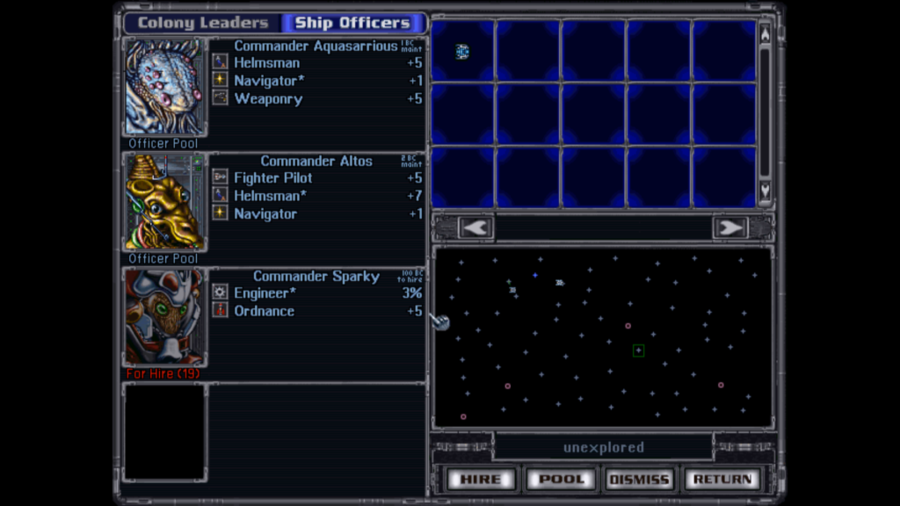
Small craft void maneuvers are now a major sport and recreation that supports an impressive pool of piloting talent, one that draws from a somewhat different cultural background than the navigators and explorers of the two major exploratory consortia. Both cultures, however, share a dream of a society of routine space travel, one that is slowly beginning to become a reality. Design engineers, although perhaps somewhat less immediately involved in space travel, nonetheless form a critical support to both these cultures.
Investment Proposals
Development of Engineering Departments
The engineering departments of major aerospace companies could potentially become even more effective with the proper financial support. The potential payoffs seem well worthwhile.
Please vote on whether to hire our new expert engineer leader. The new technology alone seems a good enough reason to me to vote yes, however.
Research Proposals
Continued research into engineering and shipbuilding could help improve the currently rather cumbersome methods that would be needed with current technology for transfer of cargoes in and out of gravity wells, and potentially lead to dramatic new industrial methods down the line. Meanwhile, continued agronomic research promises to even further improve agricultural productivity, helping more effectively feed the Narestan population. Other fields with less obvious immediate benefit but still of potential interest include the development of a new generation of drive systems that take advantage of the improved power output from fusion reactors or the development of new high-performance industrial alloys, which might eventually lead to more efficient ways to handle the current industrial waste problem.
Please vote between targeting Spaceports, Soil Enrichment, Fusion Drives, or Tritanium Armor. Notable that Spaceports will allow Robo Miner Plants, which should greatly improve our production speed, while Tritanium Armor will allow for Pollution Processors, which will help with waste disposal as pollution grows to be a larger problem. If you vote for Spaceports or Tritanium Armor, please also vote for whether to immediately continue to the next application. If you vote for Spaceports, also vote between Battle Pods and Survival Pods along the way.
Industrial and Research Funding
Future growth of the workforce might lead to increases in the employment of heavy industry or research and development. Relative focus of investment might help determine how that difference tilts.
Our next population unit will be go to industry or to research; please vote between the two. Four is the limit I'll be running on most industrial sectors under normal circumstances, and I normally prefer three all else being equal, but this vote will help guide my labor allocation philosophy in this particular game.
The Narestan people have reached to the stars, and soon, perhaps, new worlds shall be in their grasp. Many things have changed over the past decade, but Narestan prosperity and progress has remained consistent. May it always remain so.